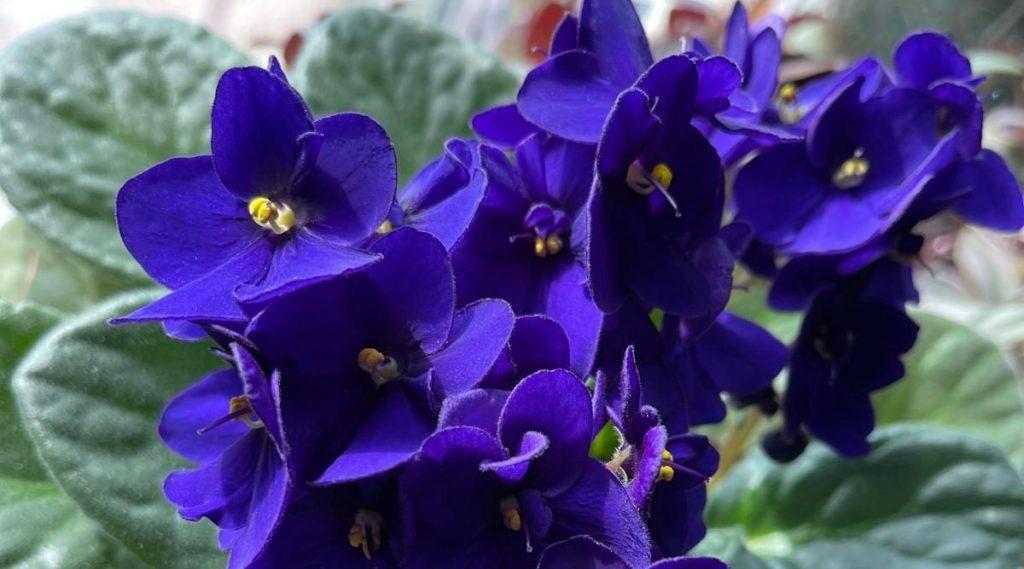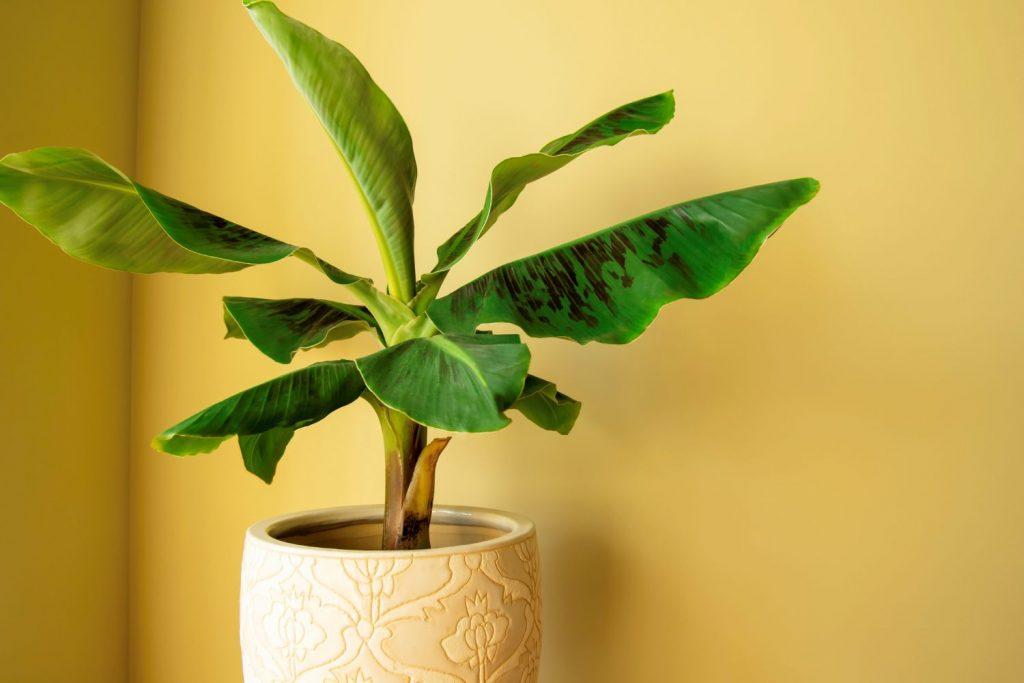Pet parents who are also gardening enthusiasts need to know about the houseplants that are safe for their cats or dogs. It’s important to ensure the houseplants you choose are pet-friendly and doesn’t be toxic to the pet in case they bite a houseplant at some point. Here are seven pet-friendly plants that you can consider growing in your home.
- African Violet
African Violets are a type of flowering plant and the most popular safe houseplants for pets. These plants have attractive flowers. The ease of care also makes this a popular houseplant. They thrive in bright, indirect light and prefer moist but well-draining soil. While the leaves and flowers are not poisonous to pets, the fertilizer you pick will be absorbed by the plant and may cause injury if your pet ingests a piece of the plant. If your cat or dog has a habit of nibbling your houseplants, use a non-toxic or natural fertilizer on your African violets. African Violets can be propagated through leaf cuttings and produce a range of colors including blue, purple, pink, red, and white.

- Banana Plant
The Banana plant is a tropical herbaceous perennial plant that produces the fruit commonly called bananas. Bananas are part of the Musaceae family and are native to Southeast Asia. This pet-friendly plant has fleshy, upright stalks from which large, oblong, bright green leaves grow. The banana plant requires good care and should be treated with rich soil, bright light, and regular watering.


- Spider Plant
The Spider Plant is a species of flowering plant in the family Asparagaceae. It is popular among veterinarians, this houseplant is known for its long, thin leaves and small white or yellow flowers. Spider plants are easy to care for and thrive in bright, indirect light and well-drained soil. They can also tolerate low light conditions and are known for their air-purifying properties. The plant reproduces through offsets that form at the ends of long, thin stolons, giving it its common name. Spider plants are also propagated through the division of the offsets or by planting stem cuttings. - Areca Palm
The Areca Palm is a species of feather palm native to Madagascar. It is a popular houseplant and landscaping species known for its feathery fronds and tall, slender trunk. Areca palm is pet-friendly and cats and dogs are not affected by this plant. Areca Palms grow best in bright, indirect light and well-drained soil, and are considered low maintenance. They can also tolerate low light conditions and are often used in interiorscaping due to their air-purifying qualities. The Areca Palm can grow up to 15 feet tall and is propagated by division of the offsets or by planting stem cuttings.


- Peperomia
Peperomia is a large genus of small, succulent, herbaceous plants native to tropical regions. They are popular houseplants due to their compact size and attractive foliage, which can be variegated, ruffled, or have a metallic sheen. Peperomias are relatively low-maintenance and thrive in bright, indirect light and well-drained soil. They are also tolerant of low light conditions. Some species produce small, insignificant flowers, but most are grown for their foliage. They are safe for cats and dogs and look lovely in hanging baskets. Peperomias can be propagated through stem cuttings or by division of the offsets. - Orchids
Orchids are a diverse and widespread family of flowering plants. They are native to almost every continent and are known for their showy and often fragrant flowers that come in a range of colors and shapes. Orchids are popular as houseplants for their beauty and diversity. They require specific growing conditions, including bright but indirect light, high humidity, and a well-draining potting mix that provides adequate aeration and moisture. Water once a week during the winter, and twice a week in hotter months. Orchids can be propagated through the division of the offsets or by planting stem cuttings. - Boston Fern
The Boston Fern (Nephrolepis exaltata) is a species of fern native to tropical regions of the world. It is a popular houseplant known for its delicate, feathery fronds and ability to purify the air. Since the foliage is non-toxic to cats and dogs, you may use this lush plant to liven up your guest room or bathroom. Boston Ferns grow best in bright, indirect light and high humidity, and prefer well-drained soil. They can also be grown in hanging baskets or mounted on wood or other surfaces. The plant reproduces through the division of the rhizomes, and it is important to avoid over-watering and to provide adequate humidity to prevent the fronds from turning brown. Boston Ferns are also commonly used in interiorscaping and can add a lush, tropical touch to any space.
